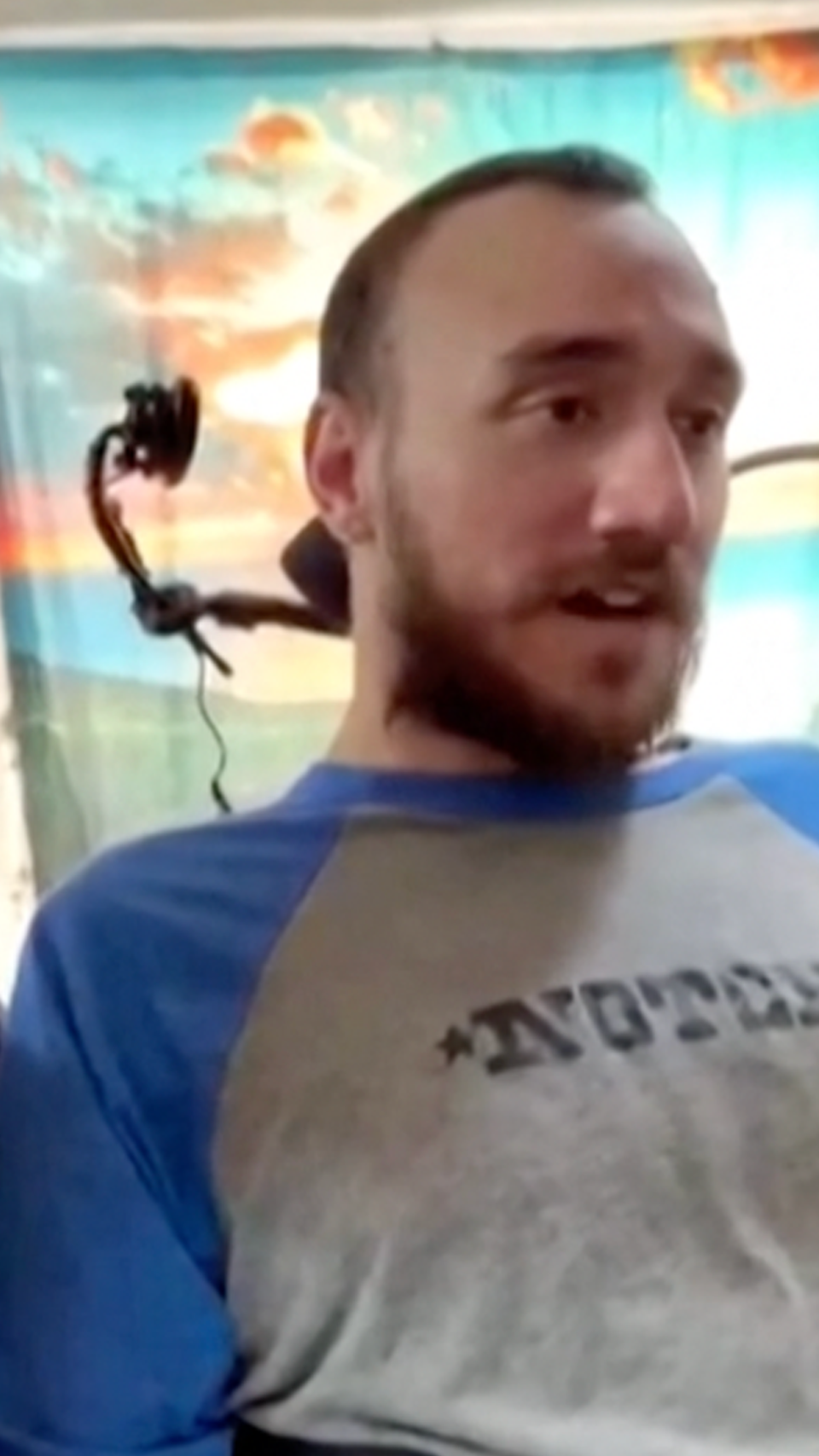Human with Neuralink brain chip sees improvement after initial malfunction, company says
There have been some issues with Neuralink’s brain-computer interface device, or brain chip since it was implanted in its first human patient, the company said in a blog post.
It’s been about eight months since the tech startup owned and co-founded by Elon Musk first announced that the company was seeking participants for its first clinical trial, and about a year since it received FDA approval to start implanting the BCI device in humans.
The idea and ultimate goal of the software is to grant people with paralysis the ability to control a computer cursor or keyboard by thought alone.
The process is said to be going “extremely well” so far, with Neuralink reporting that Noland Arbaugh, the company’s first human participant was able to go home the day after the chip was implanted.
But Neuralink scientists have noticed some issues, writing that “some of the device's electrode-studded threads started retracting from the brain tissue” in February, a month after it was surgically implanted.
Here’s what we know.
Cursor control impacted by issue, software fix brings 'rapid' improvement

The retraction of the electrode-studded threads from Arbaugh’s brain caused a malfunction, impacting the his ability to quickly and accurately control the computer’s cursor.
Neuralink addressed this issue, modifying the “recording algorithm” to be more sensitive to the flow of signals between clusters of nerve cells in the brain.
And also “improved” the techniques used to translate those signals into cursor movements.
Neuralink’s fixes “produced a rapid and sustained improvement in BPS, that has now superseded Noland’s initial performance,” the blog post said. BPS, or bits-per-second is a standard used to measure speed and accuracy of cursor control.
Arbaugh’s experience with the “link” is closely monitored, participating in research sessions for up to 8 hours a day. The device is being used a total of 69 hours over the course of a week, broken up in 35 hours of structured sessions and 34 hours for personal use and recreation.
"In the weeks since his surgery, Noland has used the Link to control his laptop from various positions, including while lying down in bed. He plays online computer games with friends (Chess, Civilization VI), browses the internet, live streams, and uses other applications on his MacBook, all by controlling a cursor with his mind,” the Neuralink blog post said.
Text entry, better cursor control performance is the immediate goal
With the issue of electrode-studded thread retraction resolved, the post said Neuralink scientists are currently working to “push cursor control performance to the same level as that of able-bodied individuals.”
As well expanding the link’s functionality to include text entry, which in the future could enable the control of “robotic arms, wheelchairs, and other technologies” to help people living with quadriplegia.
“I think it [the technology should give a lot of people a lot of hope for what this thing can do for them, first and foremost their gaming experience, but then that'll translate into so much more and I think that's awesome,” according to Arbaugh, who is quoted in the blog.
This article originally appeared on USA TODAY: Neuralink: Chip adjustment after malfunction improved cursor movement

